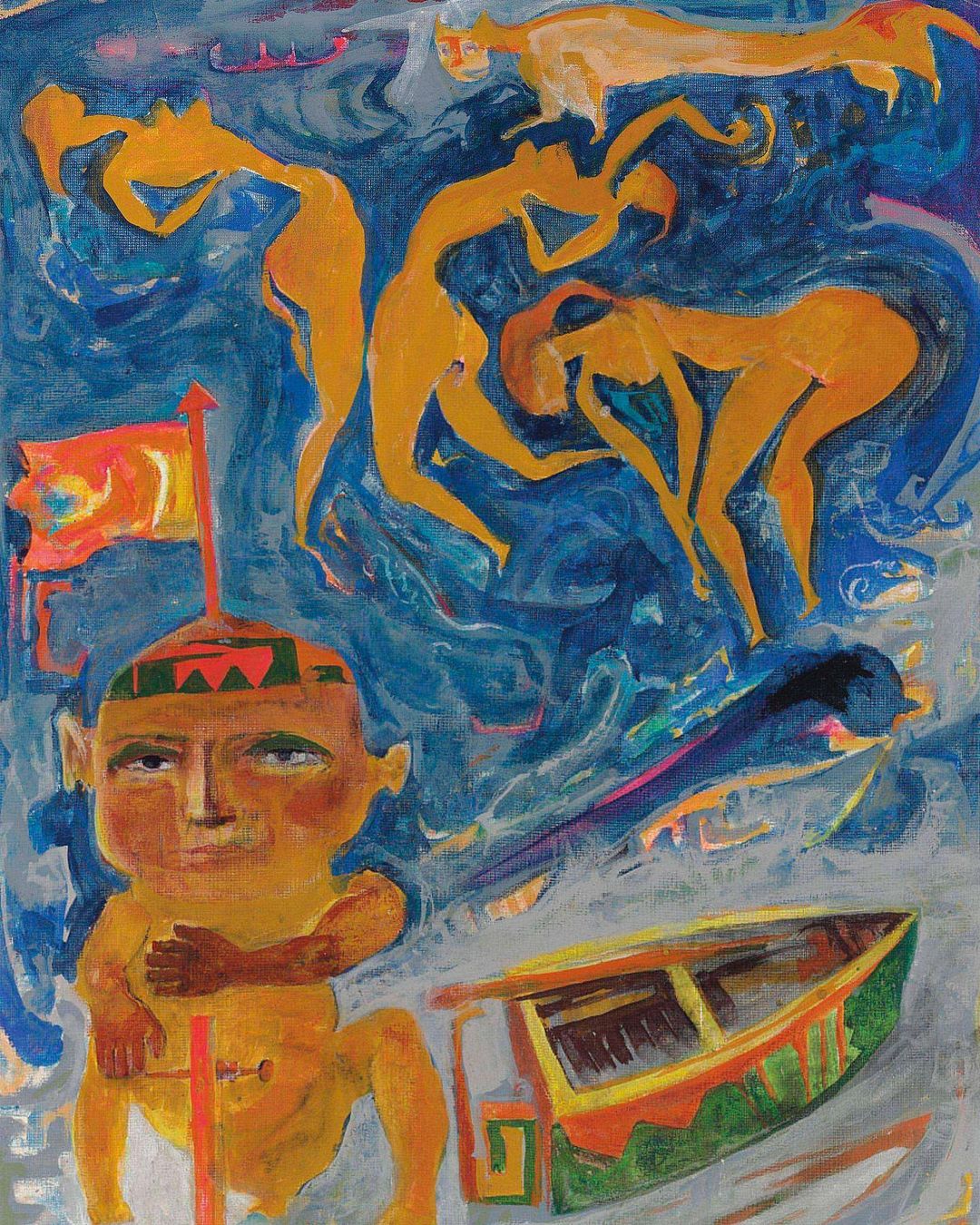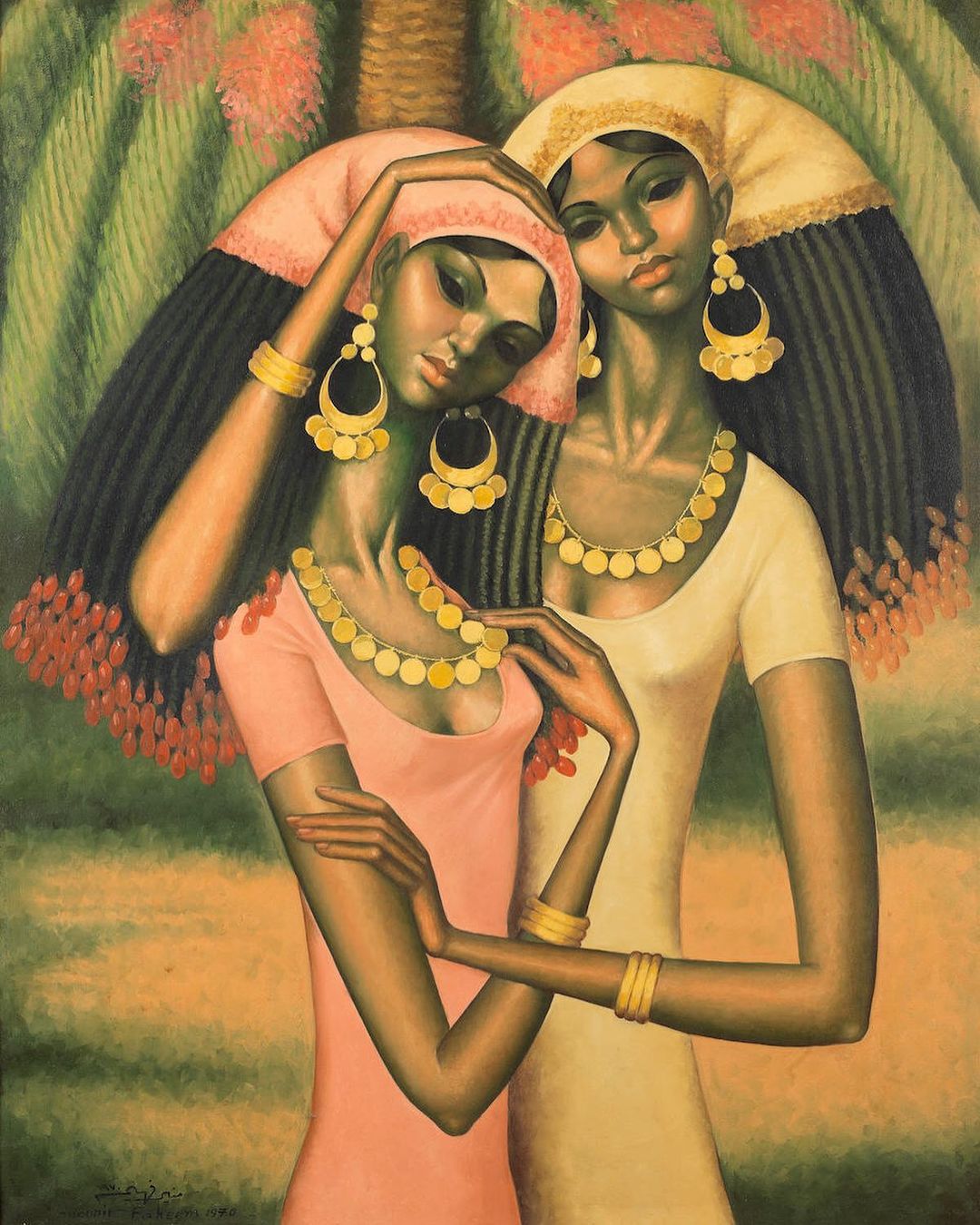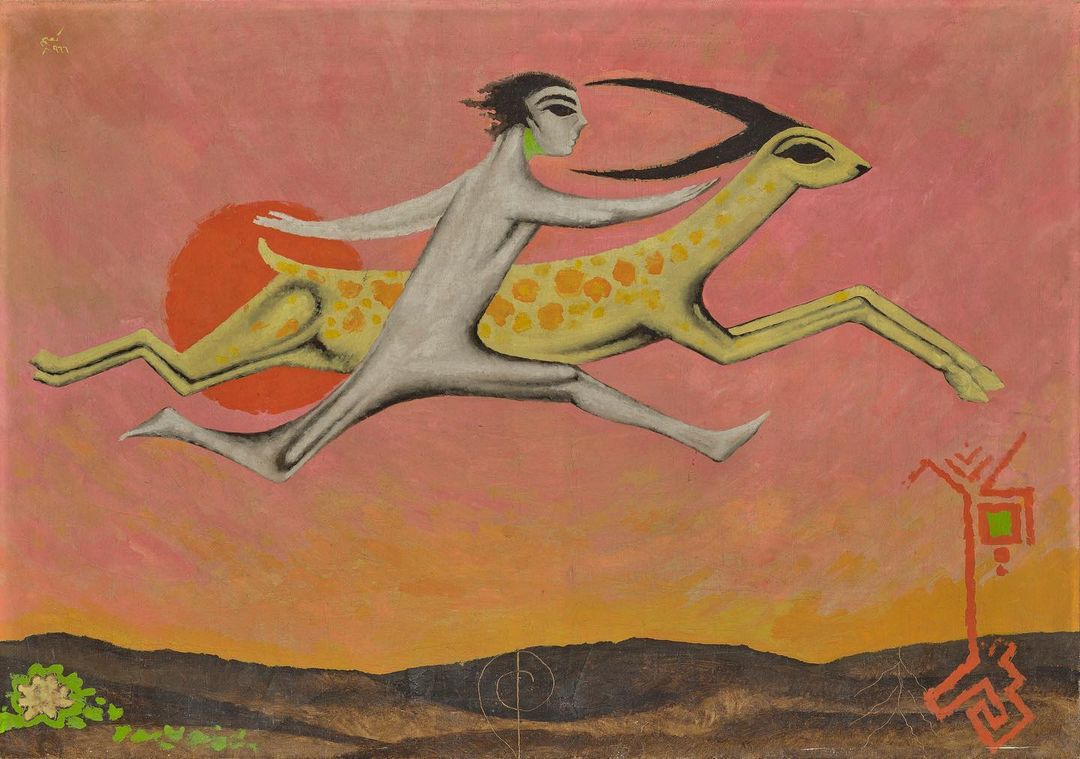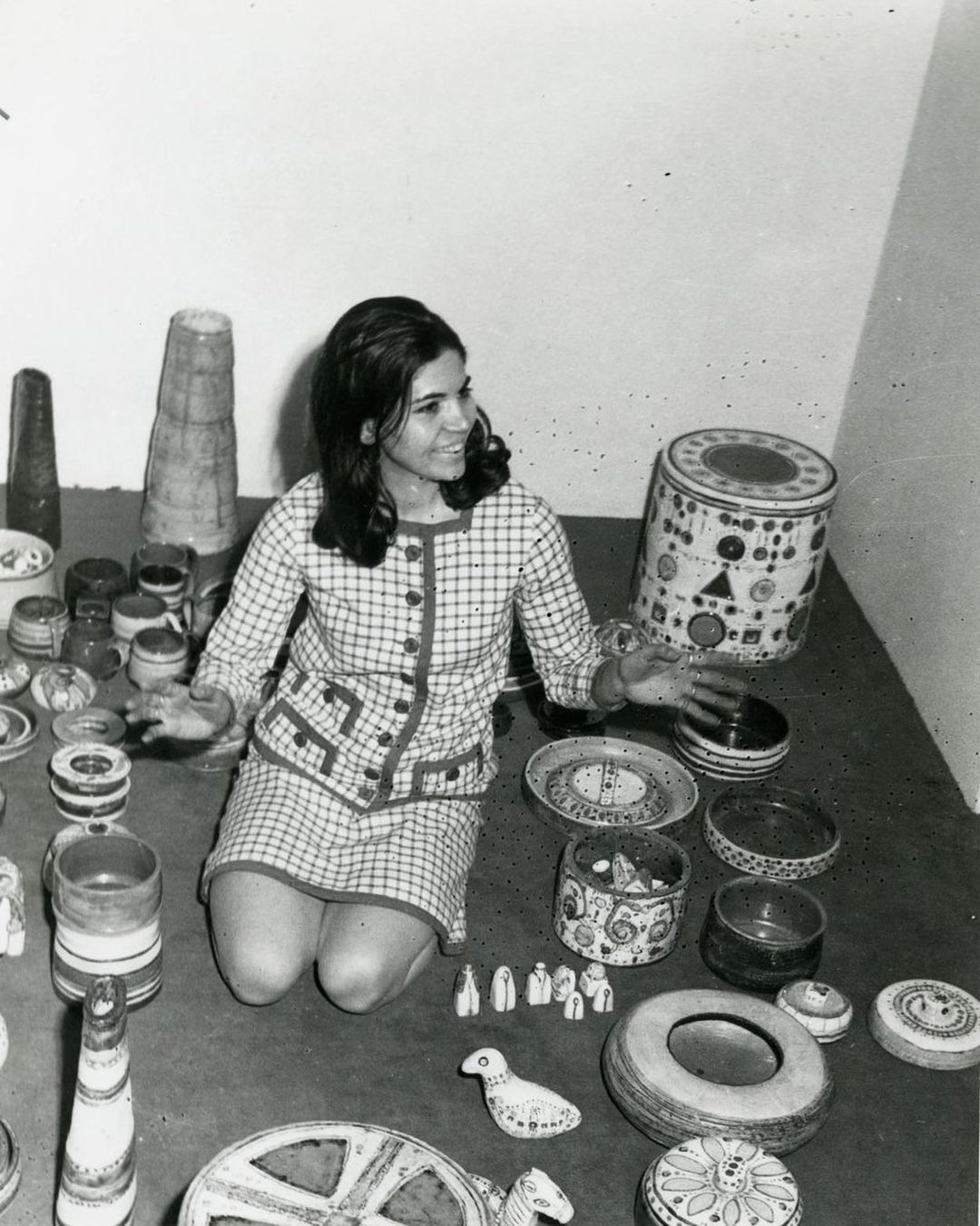The Research Platform Celebrating Artistic Pioneers From West Asia & North Africa
By Something CuratedFounded in 2020 by Wadha Al-Aqeedi and Elina Sairanen, Mathqaf (مَثقَف) is an online space committed to platforming art and culture from West Asia and North Africa (WANA). As a research-based platform and a curatorial collective, Mathqaf publishes, curates, collaborates and champions art through the documentation of artists’ lives and institutional histories, alongside producing articles and interviews with curators and collectors hailing from all over the region and its diasporas. On the project, the co-founders expand: “We are dedicated to present the richness of the region to local and global audiences. Our mission is to offer a constellation of biographies, archives, documents, and histories of institutions.”

Wadha Al-Aqeedi is a curator and art historian, based between Doha and Paris. Formerly an Assistant Curator at Mathaf: Arab Museum of Modern Art in Doha, she is currently engaged in a PhD at Université Paris 1 Panthéon-Sorbonne. Her research interests include performance and media art, cultural history and policy of the Gulf region. Elina Sairanen is a museologist and art historian. Presently, she is a PhD candidate in museology at the University of Leicester. Sairanen’s research focuses on the emergence of pan-Arab art collections and institutions. Before starting her PhD, she worked for MoMA in New York and the State Hermitage Museum in Saint Petersburg.

A fascinating resource, Mathqaf’s thoughtfully compiled Instagram feed spotlights the artistic practices of historical pioneers hailing from WANA, while simultaneously championing the work of contemporary cultural producers from the region. Among the page’s recent highlights, a magnificent painting by Egyptian artist Munir Fahim, entitled Two Nubian Girls, 1970, is a standout. Born in 1935 in the port city of Rasheed located in Egypt’s Beheira governorate, Fahim is remembered as one of the most renowned portrait painters in Egypt, having painted over 800 portraits during his career, including depictions of celebrities, artists and influential political figures such as former Egyptian president Anwar Sadat.

Keep scrolling to discover the joyous work of Syrian artist Naim Ismail, whose painting Hay Ibn Yakzan (The Gazelle Boy), Mathqaf spotlight. The Instagram caption notes: “This wonderful Naim Ismail painting from 1966 feels like a hug. Comforting and cozy, reminding us of the sweetness of childhood: being innocent and pure, life full of magic. The story Ismail portraits here is one of Ibn Tufail (1110-1185), an Andalusian polymath, depicting a philosophical tale of the gazelle boy, who was born on a deserted island and raised by animals. Through this analogy, the story discusses the relationship between god, nature and humanity.”

Elsewhere on @mathqaf, learn about the life of the Iraqi artist and chronicler Nuha al-Radi. “A talented ceramist and painter, best known for her book Baghdad Diaries, which offers a vivid account of the daily life during the first Gulf War and its aftermath, Radi’s account is celebrated as it represents a female viewpoint to a male-centred topic of war. In the late 1950s and early 1960s, Radi studied pottery at the Byam Shaw School of Art in London before moving to Beirut. After the outbreak of the Lebanese civil war, she returned to Baghdad,” Mathqaf tells. An educative resource and a joy to peruse, Al-Aqeedi and Sairanen’s careful curatorial work offers a graspable access point to valuable histories as well as making introductions to emergent practices worth knowing about.
Feature image: Naim Ismail, Hay Ibn Yakzan (The Gazelle Boy), 1966. Photo: @mathqaf